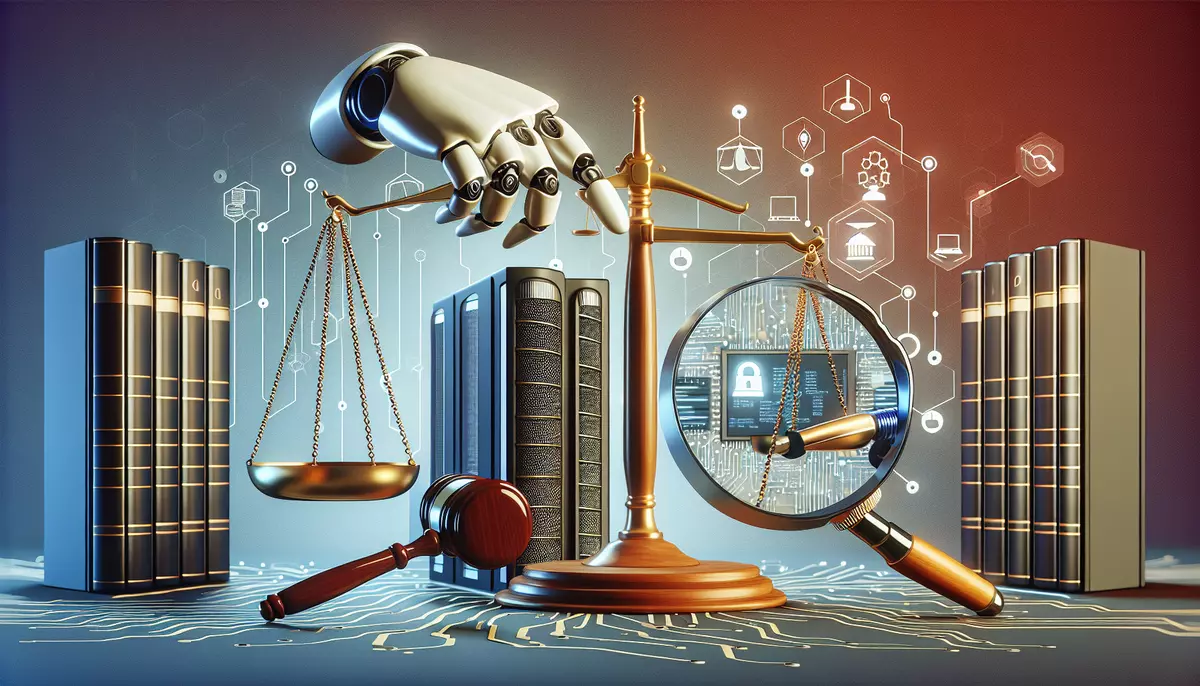Introduction
Artificial Intelligence (AI) and Machine Learning (ML) have emerged as powerful tools in the realm of cybersecurity, revolutionizing the way organizations defend against cyber threats. This knowledge base article explores the integration of AI and ML in cybersecurity, highlighting their applications, benefits, and the challenges faced in their implementation.
AI and ML in Cybersecurity: An Overview
The integration of AI and ML in cybersecurity has enabled the development of advanced threat detection, prevention, and response capabilities. These technologies leverage large datasets, complex algorithms, and predictive analytics to identify and mitigate cyber threats more effectively than traditional security approaches.
Key Applications of AI and ML in Cybersecurity:
- Anomaly Detection: AI and ML algorithms can analyze network traffic, user behavior, and system logs to detect anomalies that may indicate cyber attacks.
- Malware Analysis: ML models can be trained to identify and classify malware samples, enabling rapid detection and response to new threats.
- Vulnerability Management: AI-powered systems can continuously scan networks, identify vulnerabilities, and prioritize remediation efforts.
- Automated Incident Response: AI-driven security orchestration and automated response (SOAR) platforms can automate the process of detecting, analyzing, and responding to security incidents.
- Threat Hunting: AI and ML algorithms can be used to proactively search for and identify advanced persistent threats (APTs) and other sophisticated attacks.
Benefits of AI and ML in Cybersecurity
The integration of AI and ML in cybersecurity offers several key benefits:
Improved Threat Detection and Response
AI and ML algorithms can analyze vast amounts of data, identify patterns, and detect threats more quickly and accurately than human analysts, enabling faster and more effective response to cyber attacks.
Enhanced Automation and Scalability
AI-powered security systems can automate various security tasks, such as vulnerability scanning, incident response, and threat hunting, allowing organizations to scale their security operations more efficiently.
Reduced Workload for Security Teams
By automating repetitive tasks and providing intelligent insights, AI and ML can help security teams focus on more strategic and high-impact security initiatives, improving overall efficiency and effectiveness.
Proactive Threat Mitigation
AI and ML can enable proactive threat hunting and predictive analytics, allowing organizations to identify and mitigate threats before they can cause significant damage.
Challenges and Considerations
While the integration of AI and ML in cybersecurity offers significant benefits, there are also challenges and considerations that organizations must address:
Data Quality and Availability
The effectiveness of AI and ML models in cybersecurity is heavily dependent on the quality and availability of the data used for training and analysis. Ensuring the integrity and completeness of security data is crucial.
Model Interpretability and Explainability
Many AI and ML models used in cybersecurity are complex and can be difficult to interpret, which can hinder the ability to understand the reasoning behind their decisions and actions.
Ethical and Regulatory Considerations
The use of AI and ML in cybersecurity raises ethical concerns, such as privacy, bias, and accountability. Organizations must ensure compliance with relevant regulations and industry standards.
Talent and Skill Gaps
Implementing and effectively leveraging AI and ML in cybersecurity requires specialized skills and expertise, which can be challenging for organizations to acquire and retain.
Future Trends and Developments
As the field of AI and ML in cybersecurity continues to evolve, several emerging trends and developments are shaping the future of this domain:
Advancements in Explainable AI
Researchers and practitioners are working on developing more interpretable and explainable AI models to improve the transparency and trustworthiness of AI-powered cybersecurity solutions.
Federated Learning and Distributed AI
Collaborative approaches, such as federated learning and distributed AI, are being explored to leverage the collective intelligence of multiple organizations and devices, enhancing the overall security posture.
Convergence with Other Emerging Technologies
The integration of AI and ML with other emerging technologies, such as blockchain, quantum computing, and the Internet of Things (IoT), is expected to drive further advancements in cybersecurity capabilities.
Conclusion
The integration of AI and ML in cybersecurity has transformed the way organizations defend against cyber threats. By leveraging advanced analytics, automation, and predictive capabilities, AI and ML-powered security solutions can significantly enhance threat detection, response, and mitigation. As the field continues to evolve, organizations must carefully navigate the challenges and considerations to effectively harness the power of these technologies and stay ahead of the ever-changing cyber threat landscape.
This knowledge base article is provided by Fabled Sky Research, a company dedicated to exploring and disseminating information on cutting-edge technologies. For more information, please visit our website at https://fabledsky.com/.
References
- Sommer, P., & Brown, I. (2011). Reducing Systemic Cybersecurity Risk. OECD.
- Ponemon Institute. (2019). The State of Cybersecurity at Small and Medium-Sized Businesses.
- Gartner. (2020). Hype Cycle for Emerging Technologies, 2020.
- Accenture. (2019). Securing the Digital Economy: Reinventing the Internet for Trust.
- Cybersecurity and Infrastructure Security Agency (CISA). (2020). Artificial Intelligence in Cybersecurity.


























